
Making Space at the Table
NAP Contemporary’s group show, The Elephant Table, platforms six artists and voices—creating chaos, connection and conversation.
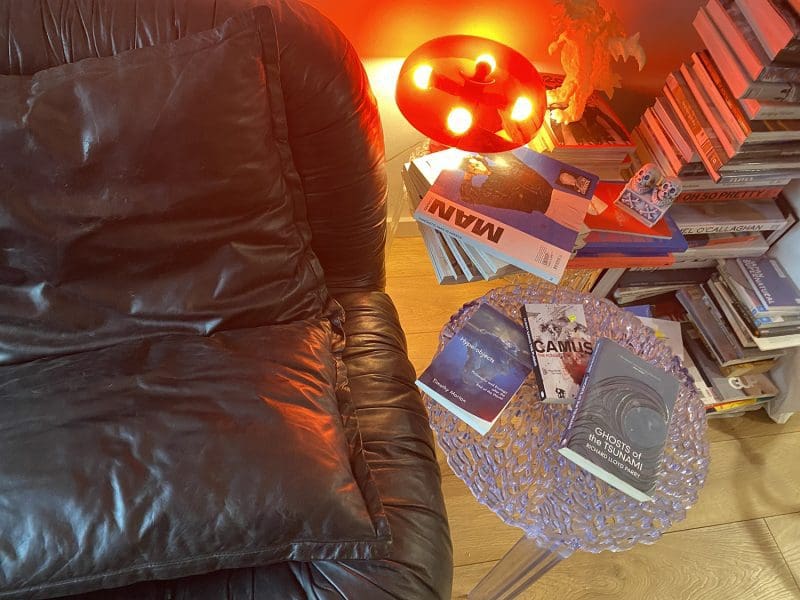


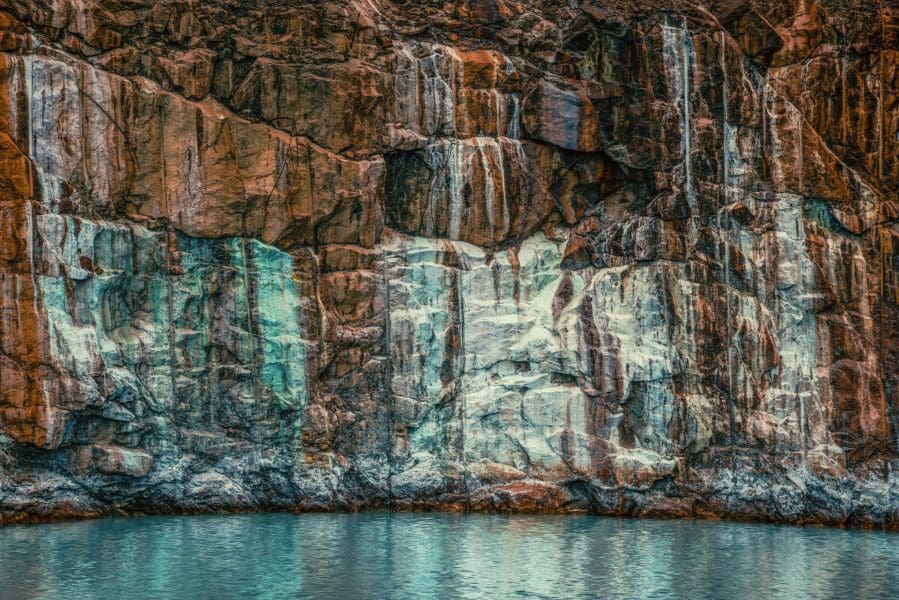
In Lockdown Libraries, Art Guide takes a peek at what artists have on their bookshelves. In this second iteration, Tracey Clement spoke to Sam Doctor about making sense of a global pandemic through reading and finding some hope in the midst of the crisis.
“I feel like I’m in a bunker right now,” says Sydney-based artist Sam Doctor. “Before the pandemic I was already obsessed with trauma-scapes: Fukushima and these global, existential issues of survival against the toxicity of humankind.”
Doctor is known for examining sites of trauma through film and photography and his current solo show is called Traumascapes; it’s almost as if the world has now aligned with his art practice. “It’s strangely comforting for anxiety to become the norm,” he admits. “People in masks remind me of Fukushima, and the art I’ve been pursuing.”
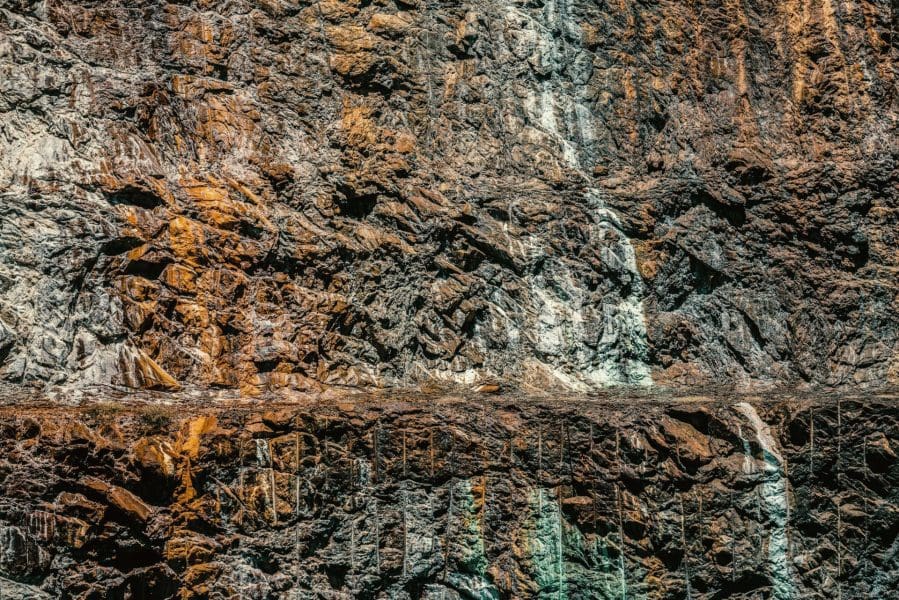
Doctor is currently undertaking a PhD, so giving up reading during lockdown was never really an option. But like many he initially struggled. “It didn’t start out smoothly. I was made to keep indoors and challenged to appreciate what was in front of me. I found texts that, even though I enjoyed them, didn’t fully speak to me,” he explains.
But eventually Doctor says he was able to re-engage. “I am loving my own library,” he says. “I collect art books with lots of visuals, footnotes and histories. I love street art, queer art and things from Japanese culture, and other places which I’ve documented. I also order fashion magazines like 032c, Purple, and Fantastic Man. I enjoy books about film directors and musicians. For example, The Cinema of Werner Herzog [2007] by Brad Prager and Andrei Tarkovsky: Elements of Cinema [2008] by Robert Bird, or a great find I recently purchased second-hand called Japanese Film Directors [by Audie Bock, 1978] including 10 directors such as Oshima and Kurosawa.” And naturally he has a number of books on disasters zones, such as Ghosts of the Tsunami, 2017, by Richard Lloyd Parry.

Like many others, Doctor has been re-reading books in the context of the pandemic. “For some reason Albert Camus’s The Plague [1947] jumped out at me as relevant,” he says. “There have been many text scenarios that I’ve revisited because the relevance could not be ignored. I live to pursue more knowledge on these subjects.”
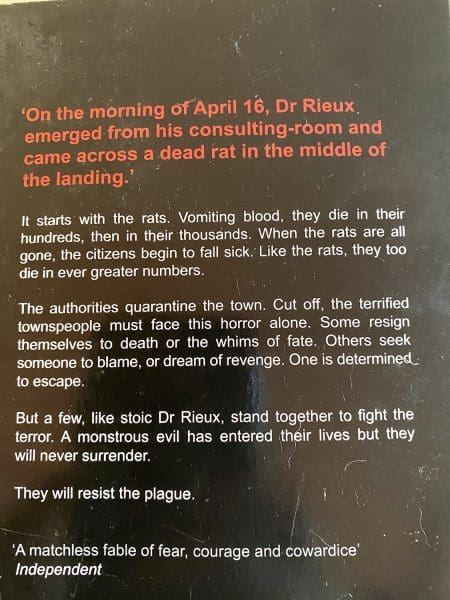
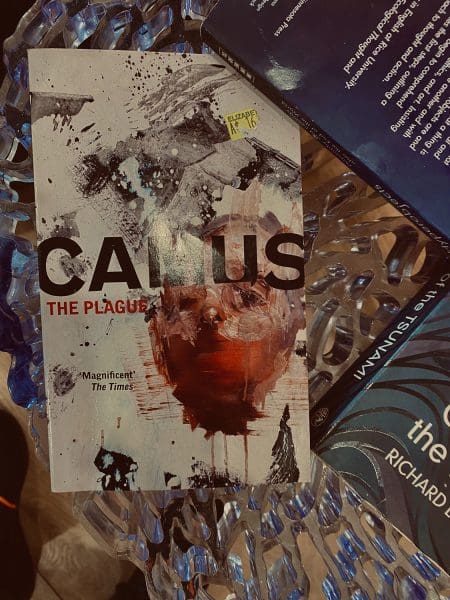

Doctor has tried to make the most of these extraordinary times. “I feel now like I have gained a new tool for perspective, and am thankful for my position during this pandemic,” he says. “Books that I have been reading while in isolation have made me wonder if it could be that the crucible of coronavirus will lead to the meltdown of neoliberal norms. Will it ultimately reshape the dominant structures of our global civilisation? Could it assist in ecological thought and prevention? Or could it be the start of the decline of man, quite quickly?”
Turing to another book to sum up the precarious position we find ourselves in, Doctor quotes a couple of lines from Ernest Hemingway’s 1926 novel The Sun Also Rises. “’How did you go bankrupt?’ Bill asked. ‘Two ways,’ Mike said. ‘Gradually, then suddenly.’”
Traumascapes
Sam Doctor
Chalk Horse
30 April – 23 May
Please note that Chalk Horse is open by appointment. This exhibition can also be viewed online.